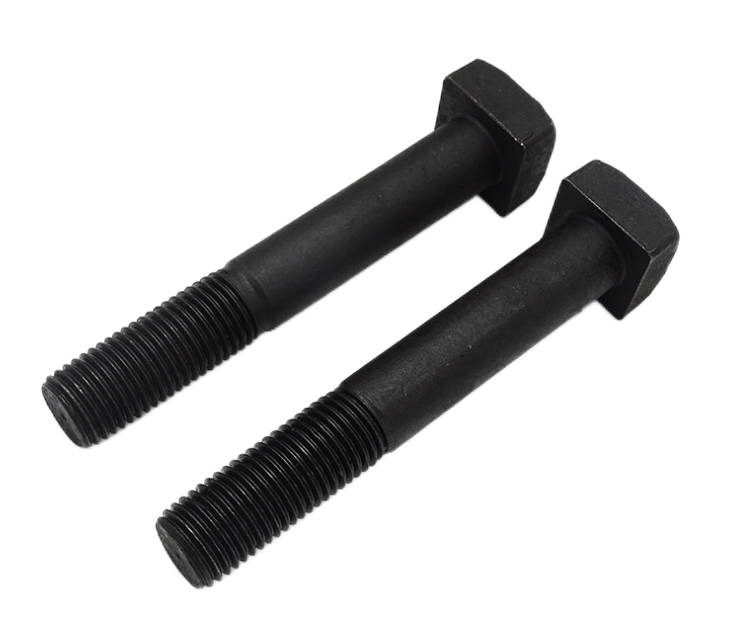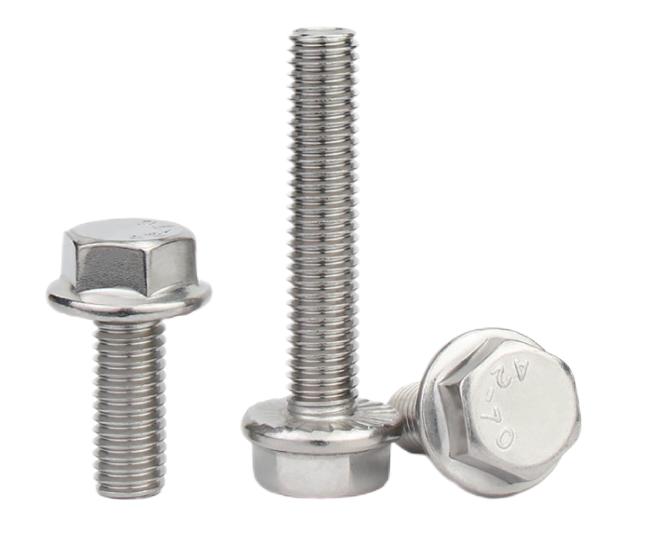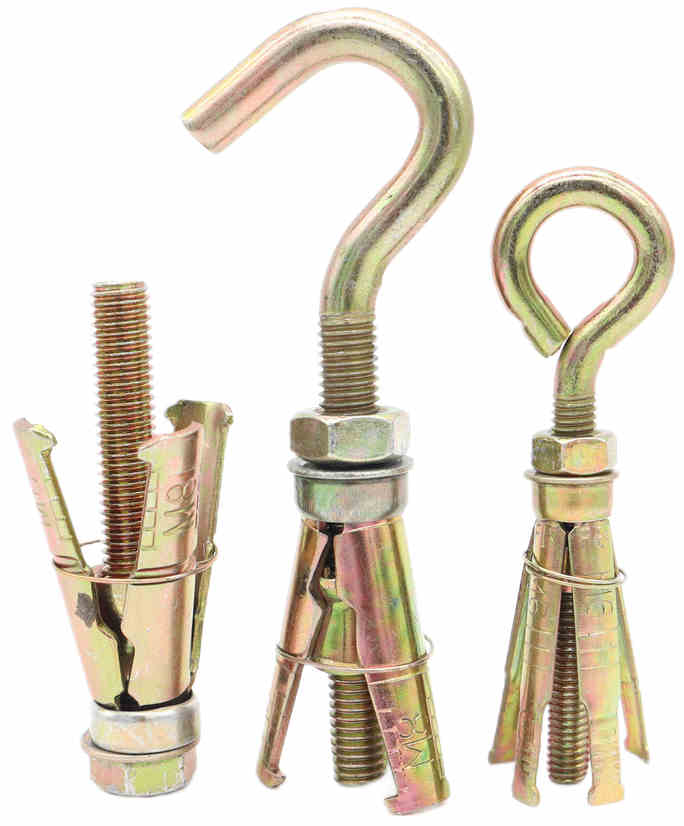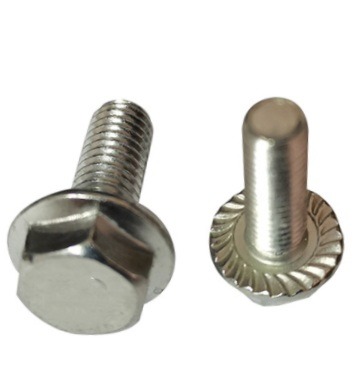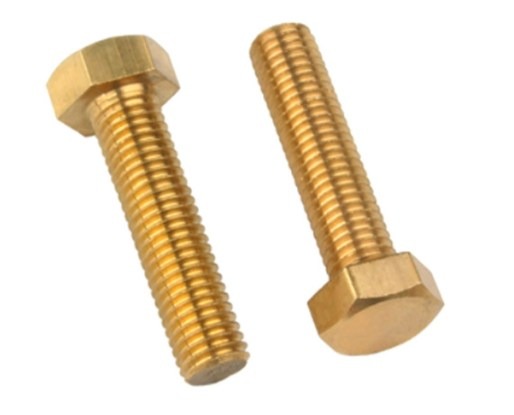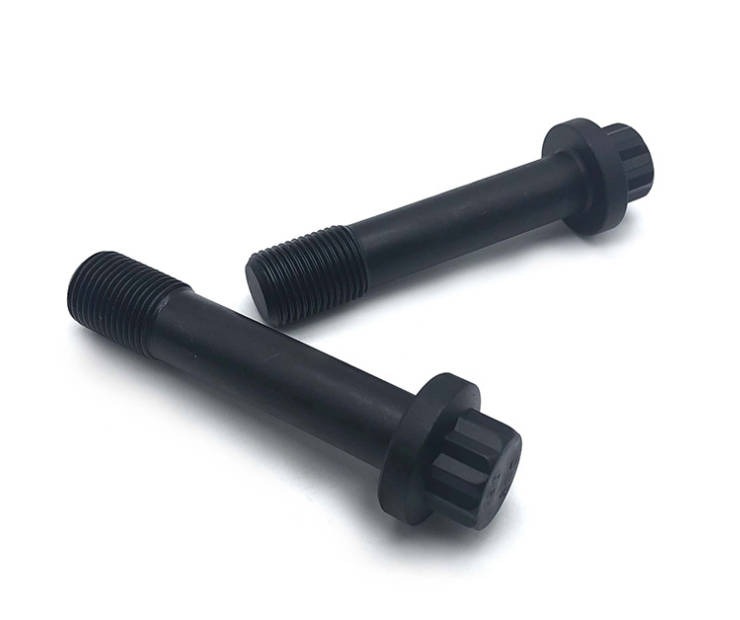What Are the Factors That Affect the Friction Coefficient of Bolts?
The friction coefficient is defined as the force required to move one surface against another divided by the force pressing the two surfaces together. The friction coefficient in the case of bolted connections refers to the resistance between the bolt and the mating surfaces of the nut and the joint. The bolt friction coefficient is a crucial statistic that defines how much force is required for bolts to tighten and loosen them.
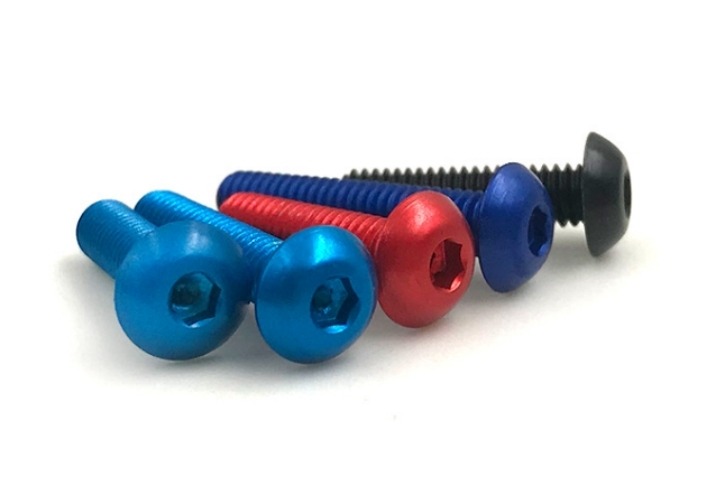
Importance Of Understanding The Factors That Affect The Friction Coefficient Of Bolts
Proper assembly
The friction coefficient is important in bolt tightening, and a specific amount of torque is required to attain the correct tension. If the friction coefficient is not considered, the tightening torque may be too high or too low, resulting in joint failure or damage to the bolt and the materials it is linked to.
Safety
Bolts are frequently employed in sensitive situations where safety is crucial. Bolts, for example, are found in bridges, airplanes, and automobiles. If the friction coefficient is not understood correctly, the bolts may not be tightened to the proper tension, resulting in joint failure and disastrous effects.
Maintenance
Bolts must be inspected and maintained on a regular basis to ensure their continuing dependability. Understanding the elements that influence the friction coefficient of bolts can aid in the identification of potential problems and provide advice on the proper maintenance and replacement schedule.
Cost
Unnecessary downtime and repair expenses might arise from improperly tightened fasteners. Engineers and technicians may improve the assembly process and reduce the likelihood of failures by understanding the factors that affect the friction coefficient of bolts, saving time and money in the long run.
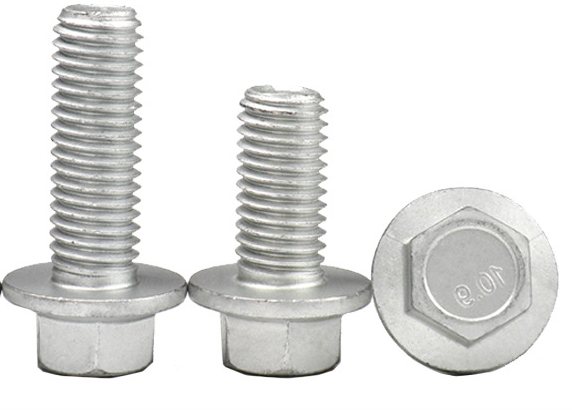
The Main Factors That Affect The Friction Coefficient Of Bolts
Surface Finish
The friction coefficient can be significantly affected by the surface finish of the bolt and the mating surfaces. A rough surface finish can increase the friction coefficient, making tightening or loosening the bolt more difficult. A smooth surface finish, on the other hand, might minimize the friction coefficient, making it easier to tighten or loosen the bolt. As a result, it is critical to ensure that the surfaces are properly machined and have the desired surface finish.
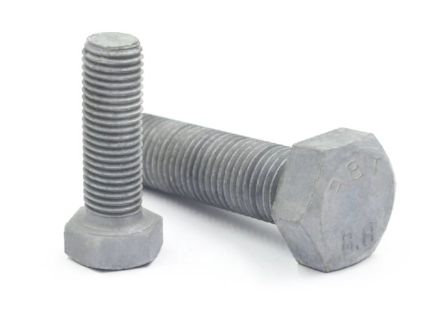
Lubrication
The friction coefficient can also be affected by the lubrication of the mating surfaces. A lubricant can lower the coefficient of friction, making it easier to tighten or loosen the bolt. However, it is critical to use the correct lubricant for the application. If the bolt is exposed to high temperatures, for example, a high-temperature lubricant should be used.
Preload
The amount of tension applied to the bolt when tightened is referred to as preload. The friction coefficient can be significantly influenced by the preload. When the preload is too low, the friction coefficient is too low, and the bolt may come loose over time. When the preload is excessively high, the friction coefficient may be too high, resulting in the bolt breaking or stripping.
Materials
The friction coefficient can also be influenced by the materials used in the bolt and the mating surfaces. The surface qualities of different materials can alter the friction coefficient. A stainless steel bolt, for example, will have a different friction coefficient than a carbon steel bolt. As a result, it is critical to choose the right materials for each application.
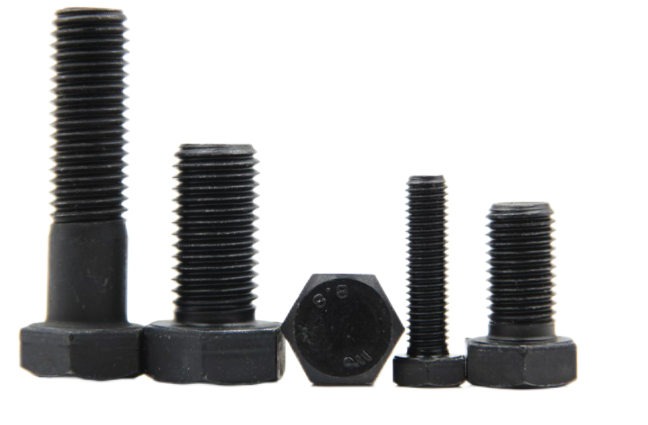
Environmental factors
Temperature
The temperature has two effects on bolt friction coefficients: thermal expansion and thermal relaxation. As the temperature rises, the bolt and nut material expands, lowering the clamping force and friction coefficient. This behavior is especially noticeable in high-temperature applications, such as those found in engines or turbines. When the temperature drops, the material contracts, which increases the clamping force and friction coefficient. This impact is especially important in temperature-variable applications, such as car engines.
Humidity
Humidity can modify the qualities of the lubricants or anti-seize compounds employed, affecting the bolts’ friction coefficient. If the humidity is high, for example, moisture can react with some lubricants or anti-seize substances, causing oxidation or corrosion of the bolt surface. This can dramatically increase the friction coefficient and potentially cause the bolt to seize in some circumstances. If the humidity is low, some lubricants or anti-seize chemicals may dry out or become less effective, lowering the friction coefficient and potentially causing bolt loosening.
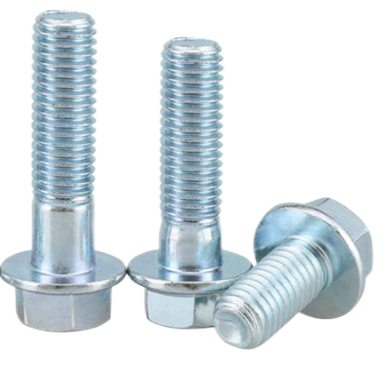
Summary
When selecting and installing bolts, it is critical to consider the factors that influence the friction coefficient to ensure that they provide the necessary strength and stability to the overall system. It is feasible to reduce the danger of bolt failure and ensure the safe and reliable operation of mechanical systems by carefully examining these aspects.

